MIT Sees the Light: Eliminate Alternators
Car engines generate plenty of heat. According to Technology Review, researchers at MIT have a bright idea: use “thermophotovoltaics” to convert heat into light, then convert the light into electricity. The prototype system uses gasoline to heat tungsten to illuminate a photovoltaic cell to generate electricity. The hope is that systems based on this research could eventually replace the current gas-wasting alternators and air conditioning compressors. Of course, this technology hasn’t escaped the attention of the Department of Defence. "The military has had a lot of interest in it for portable power supplies in the field. Because there are no moving parts, there wouldn't be any noise, so you couldn't detect it," says NASA researcher Donald Chubb. It’ll be a few years before we see any practical applications, but as one of the key research sponsors, Toyota would be the first automaker in line.
Glenn is a baby-boomer, born in 1954. Along with his wife, he makes his home in Connecticut. Employed in the public sector as an Information Tedchnology Specialist, Glenn has long been a car fan. Past rides have included heavy iron such as a 1967 GTO, to a V8 T-Bird. In between those high-horsepower cars, he's owned a pair of BMW 320i's. Now, with a daily commute of 40 miles, his concession to MPG dictates the ownership of a 2006 Honda Civic coupe which, while fun to drive, is a modest car for a pistonhead. As an avid reader, Glenn enjoys TTAC, along with many other auto-realated sites, and the occasional good book. As an avid electronic junkie, Glenn holds an Advanced Class amateur ("ham") radio license, and is into many things electronic. From a satellite radio and portable GPS unit in the cars, to a modest home theater system and radio-intercom in his home, if it's run by the movement of electrons, he's interested. :-)
More by Glenn Swanson
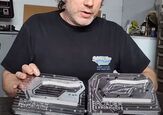


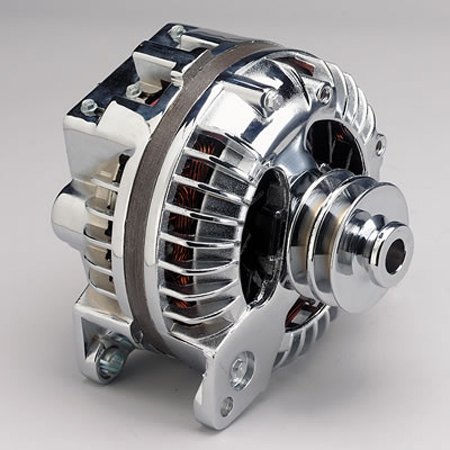
















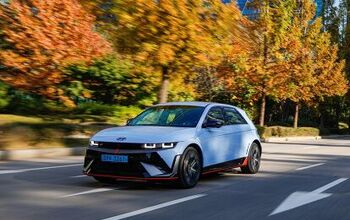


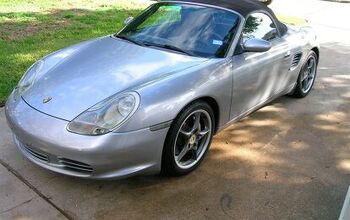
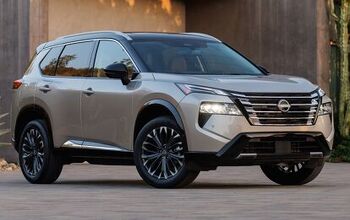
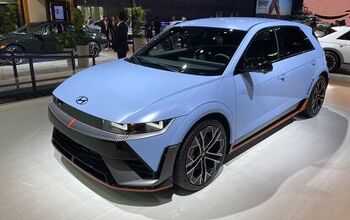

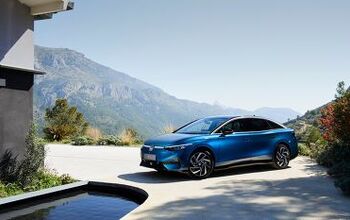




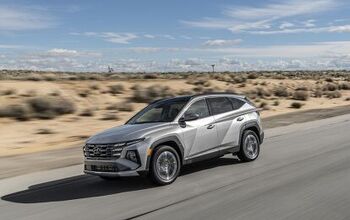

Comments
Join the conversation
I know it is probably a dumb, inefficient idea, but could you mount a small Stirling cycle engine on the exhaust manifold and use it to generate electricity? What about a small turbine in the exhaust flow? Would it create too much back pressure for the engine?
I appreciate MIT's research into these types of projects, but really, this reminds me of NASA's project to make a space pen. Seems some people make things harder than they need to be. Along the same lines of NeonCat93's thinking,I was thinking add a turbine in the exhaust that spins a magnet inside a coil. Instant free electricity. Low-tech, but proven concept and low maintenance. Or is that too easy?
Beautifully said, miked. "There is no free lunch." - Robert Heinlein